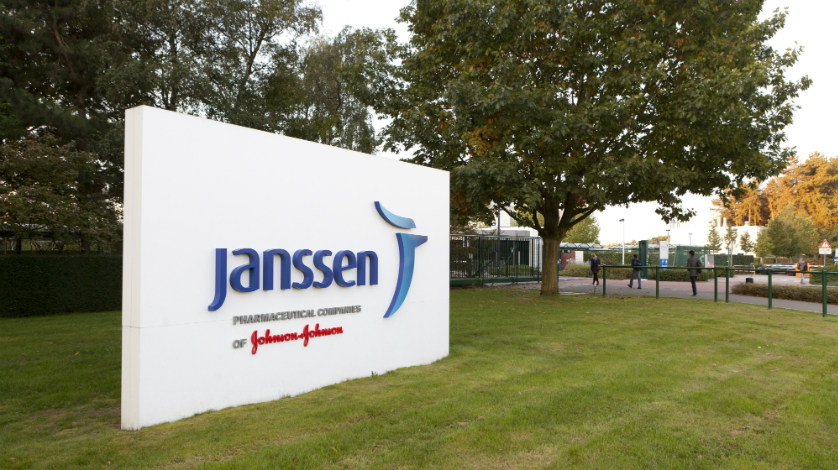J&J gets okay for a third first-line Darzalex combo in US

Johnson & Johnson continues to extend the use of its Darzalex therapy in newly-diagnosed multiple myeloma patients, getting an FDA approval as an add-on to a widely-used triple-drug regimen.
J&J’s Janssen unit said the big-selling drug has been approved for use in combination with Takeda’s Velcade (bortezomib), Celgene’s Thalomid (thalidomide), and dexamethasone – known as the VTD regimen – for newly-diagnosed patients who are eligible for autologous stem cell transplant (ASCT).
Anti-CD38 antibody Darzalex (daratumumab) has previously been approved by the FDA for use with Revlimid (lenalidomide) and dexamethasone, as well as alongside Velcade, melphalan and prednisone, but only in patients who aren’t able to receive an ASCT.
Due to the risk of toxic and even fatal complications related to ASCT, not everyone with multiple myeloma is a candidate for a stem cell transplant, with some patients excluded based on their age, health or other factors.
For those who are eligible, it is important that the drugs used as induction therapy before a transplant can rapidly reduce malignant cells in the bone marrow, be well-tolerated, and not interfere with stem cell collection.
The approval is based on the results of the phase 3 CASSIOPEIA trial, which showed that adding Darzalex to VTD resulted in higher stringent complete response (sCR) rates and progression-free survival (PFS) compared to VTD alone.
CASSIOPEIA “is one of the largest transplant studies ever conducted in multiple myeloma, and the largest study conducted with daratumumab,” commented clinical investigator Philippe Moreau, of the University Hospital of Nantes, France.
“It’s important that patients get a deep response from their frontline therapy, and CASSIOPEIA demonstrates that the addition of daratumumab to VTD before and after transplant markedly increased depth of response compared to VTD alone for patients with newly diagnosed multiple myeloma,” he added.
Darzalex was first approved by the FDA in 2015 for use in patients with multiple myeloma who received at least three prior therapies, and now has seven indications that have driven sales steadily upwards to $1.4 billion in the first six months of the year, an increase of nearly 50%.
In July, Janssen filed for approval of a new subcutaneous formulation of Darzalex that has been shown in clinical trials to be as effective as the current intravenous version of the drug with a much shorter infusion time.
And earlier this year Janssen signed a licence and option deal with Denmark’s Genmab, which co-developed Darzalex, to produce a successor in multiple myeloma, codenamed HexaBody-CD38.












